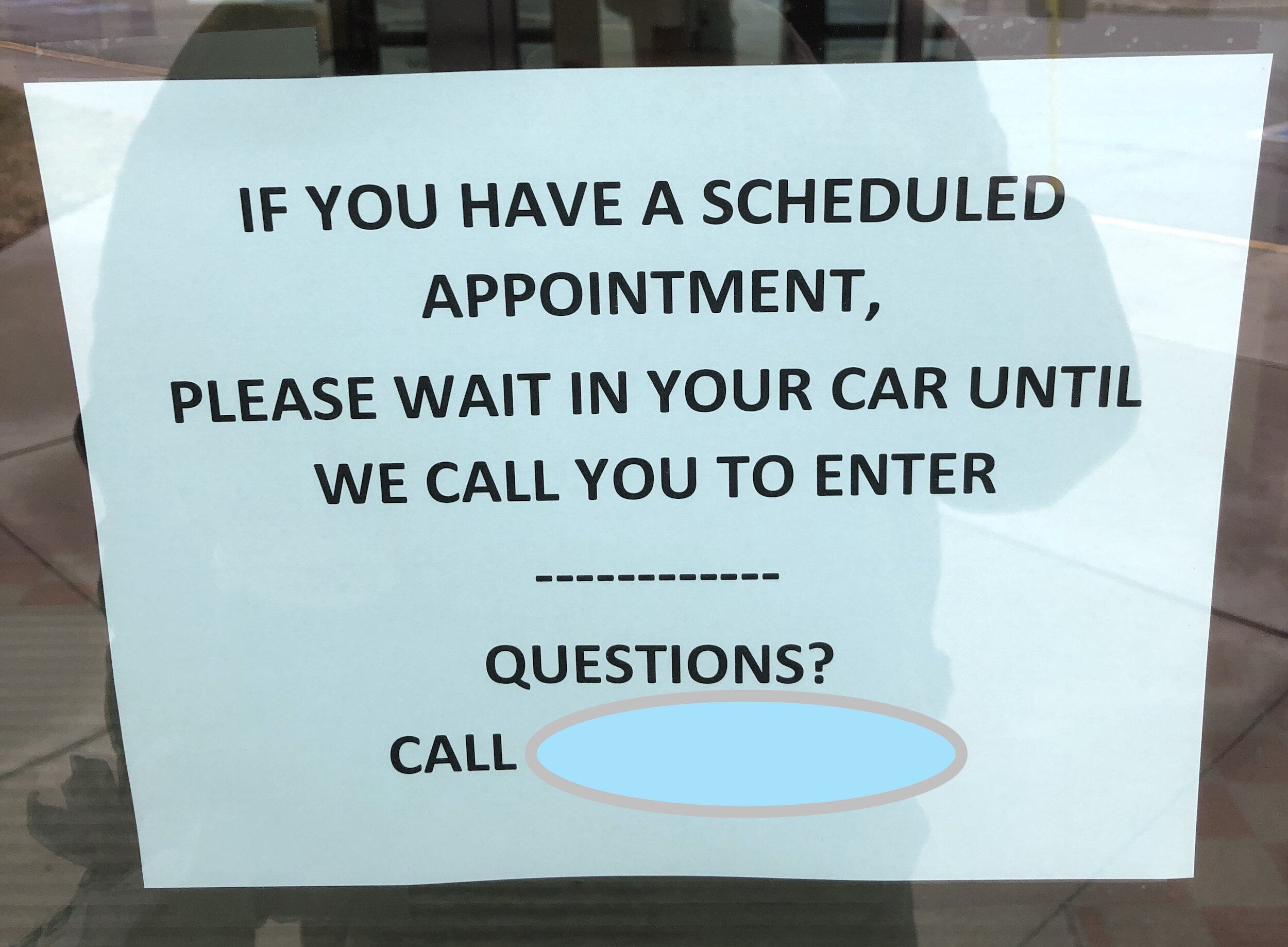I will hazard the boast that I probably know more about bees than the average person. I’ve read the book. (See above. A 6 lb. whopper!) Actually several. I’ve studied bee-keeping through on-line content and You Tube videos. I’ve been a bee-keeper for more than a dozen years. So here are a few things I know just “off the top of my head.”
The Queen is a critical member of the hive. She influences every aspect of the hive’s well being. But she doesn’t do this directly. She is not running around the hive making sure every bee is doing it’s job. She is not coaching, supervising, and directing their actions. But she definitely has a great influence over their behavior.. In the insect world, it is pheromones, secreted by the Queen, that permeates the hive and influences the behavior of the bees. Worker bees will voluntarily take on what ever roles needed for the hive’s survival and well being. Worker bees change roles as they age—or not—so that the hive is healthy and functioning at it’s peak.
Worker bees take care of the Queen. Workers and drones know that without a strong Queen the hive will not prosper. When the hive has no home, they cluster around the Queen, protecting her, feeding her, preparing for the next stage where brood can be raised, pollen and nectar collected and the hive can survive and thrive once again. They understand that undermining the Queen only serves to undermine the hive itself.
Worker bees will prepare to succeed a failing Queen. At times a worker bee will act as a pseudo-Queen if the hive is dysfunctional. Worker bees, however, do not, long-term, enable a Queen that is failing and, thus, creates a threat to the hive’s survival. They plan ahead, create supercedure cells. In the best scenario, a new Queen emerges and the transition is a—relatively—peaceful one for the hive. In worst case scenarios, they eventually, drive off a weakened queen and some of the hive to make sure the hive can raise a new Queen and survive.
At times, poor hive conditions lead to workers raising a new Queen and the old Queen creates a swarm. This swarm leaves the hive, some of the bees and the new Queen, maximizing survival as there is now two colonies that have the chance to grow and flourish.
I’m sure some bright reader can correlate this observations with human leadership. But not me. I’m just taking about a group of simple insects.
Later . . . Okay, I’ll say a little more about leadership. Human not insect.
Leaders can have tremendous influence—and should strive to achieve this organically—through out an organization but it is impossible, and unadvisable to try, to control an organization of any size. Leaders need to work on their ability to influence.
No leader can do it alone. The organization has to see the value of leadership and provide a interdependent support of the leader’s role and efforts. For both leaders and their charges this is hardest to do at times when it is also the most important—moments of risk or failure.
The role is what is important. Hives need a strong Queen. Organizations need strong leadership. Leaders must see the connection between the needs of the organization and their performance—making choices to continue to grow and remain strong. Otherwise, the survival needs to the organization will require a replacement.
Sometimes conditions require the realignment, transitioning, or elimination of teams or organizations as they exist. These global shifts are best done in a playful way but will ultimately happen if poor conditions become critical for survival.
There, that’s it. Hopefully, we’ve captured the “bee’s knees” of leadership. :)











